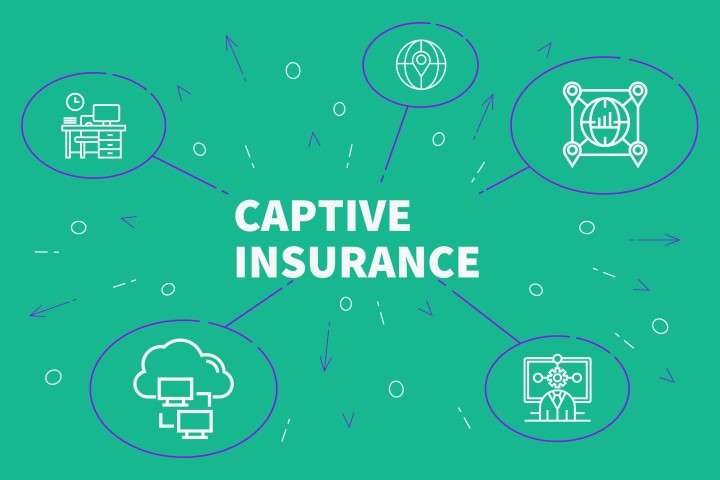In the complex landscape of insurance, a distinctive model has emerged – the Captive Insurance Group. This unique approach diverges from conventional insurance structures, offering businesses a powerful alternative to manage their risks internally. In this exploration, we delve into the essence of captive insurance agencies, deciphering what sets them apart and why organizations are increasingly turning to this innovative insurance solution.
Captive Insurance Group Defined
A captive insurance stands as a specialized entity established by a parent organization to exclusively cover the risks of that organization and its affiliated entities. Unlike the conventional approach of purchasing policies from external insurers, a captive insurance agency is fully owned and controlled by the insured business. This internalized strategy grants businesses greater direct control over their insurance coverage, allowing them to tailor it precisely to their needs and risk profiles.
Group Captive Insurance Company
At the core of a captive insurance group lies the creation and operation of a group captive insurance company. This entity is formed to underwrite the insurance risks of the parent organization and its subsidiaries. By establishing an group captive, businesses essentially become their insurers, gaining substantial control over their insurance programs, including premium rates, coverage terms, and claims management.
Captive vs. Independent Insurance Groups
A crucial consideration in grasping the appeal of captive insurance groups is the contrast with independent insurance groups. While independent groups act as intermediaries, representing various external insurers and offering a range of policies to clients, captive group take a distinct path. The comparison between captive vs. independent insurance group underscores a fundamental difference – captive groups are exclusive to the risks of their parent organizations, fostering a more personalized and direct relationship.
The captive model enables businesses to customize insurance solutions precisely to their unique needs, ensuring a seamless alignment with their risk tolerance and strategic objectives. In contrast, independent agencies may not provide the same level of customization, as they operate within the parameters set by external insurance carriers.
What is an Insurance Group Captive
An insurance group captive serves as a strategic risk management tool, offering businesses a unique avenue for risk retention and self-insurance. Through the formation of an insurance group captive, organizations gain independence from external market fluctuations. This autonomy empowers them to stabilize insurance costs and concentrate on risk prevention and mitigation.
The concept of an insurance group captive revolves around self-insurance and risk retention. The captive becomes a dedicated entity solely responsible for the risks of its parent organization. This approach allows businesses to craft a more tailored risk management strategy that aligns with their specific industry, operational nuances, and risk appetite.
In conclusion, the ascent of captive insurance agencies signifies a transformative shift in how businesses approach risk management and insurance. The establishment of an agency captive insurance company empowers organizations to take greater control over their insurance destinies, departing from the traditional reliance on external providers. As businesses seek autonomy, flexibility, and a direct connection to their risk profiles, the concept of a captive insurance group emerges as a potent solution that seamlessly aligns with the strategic goals and risk management needs of modern enterprises.

